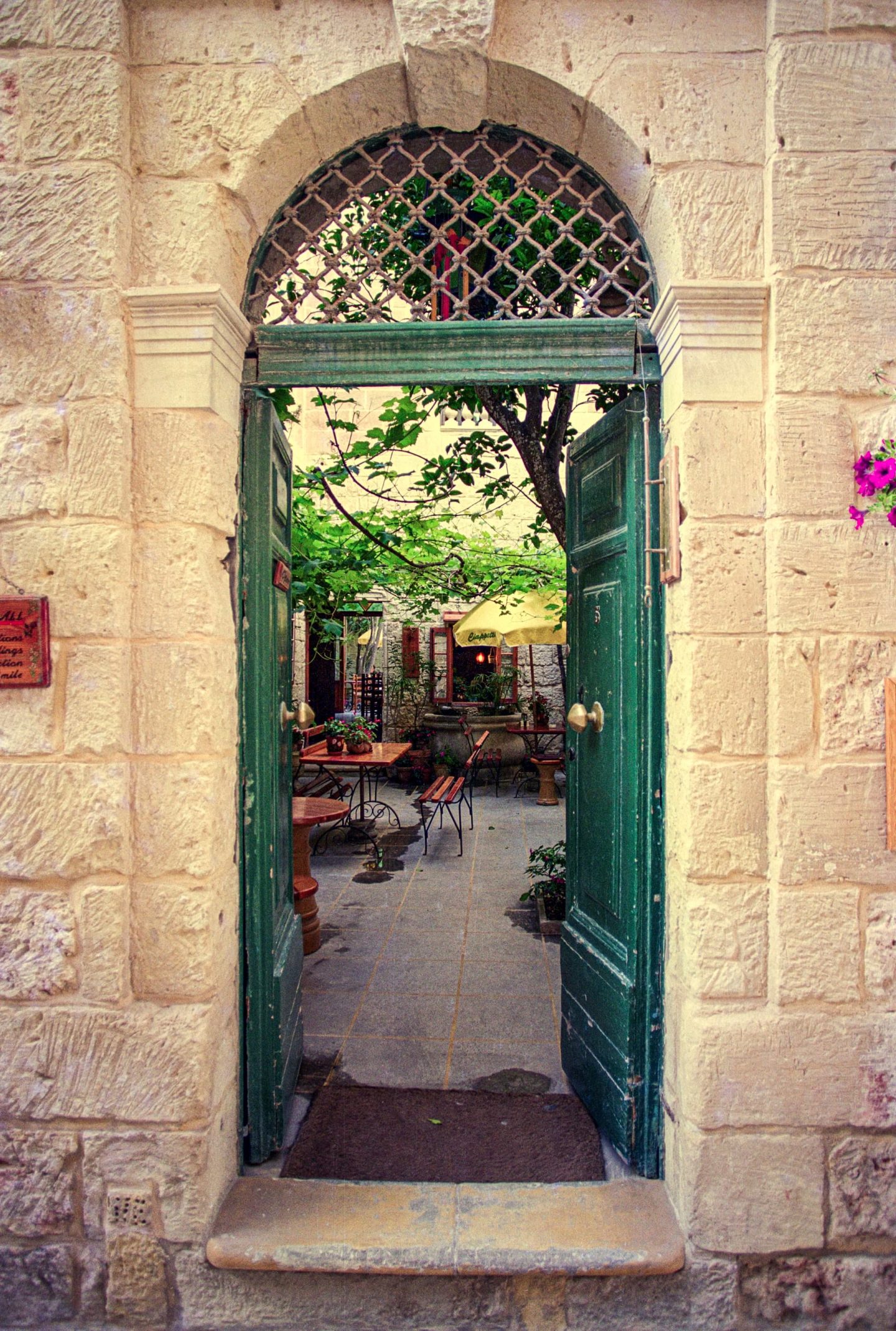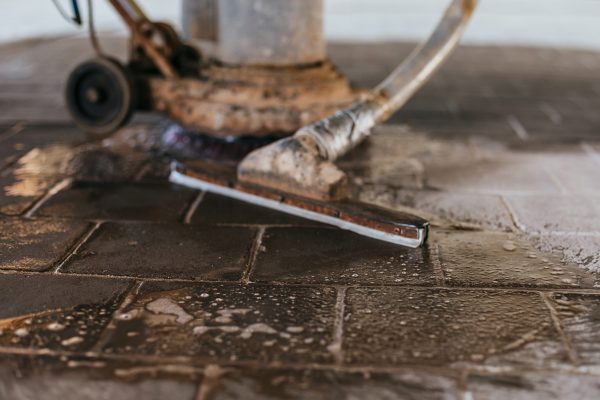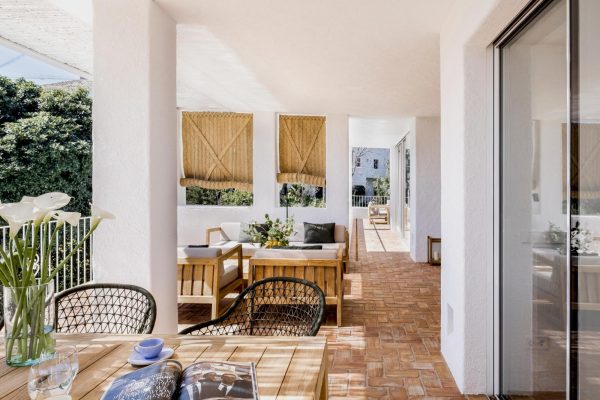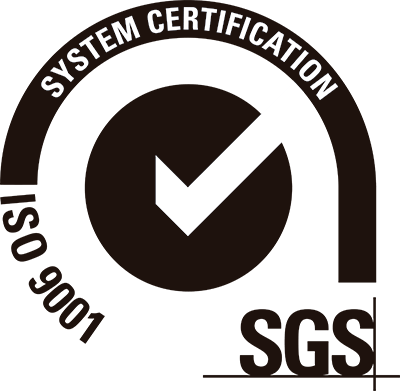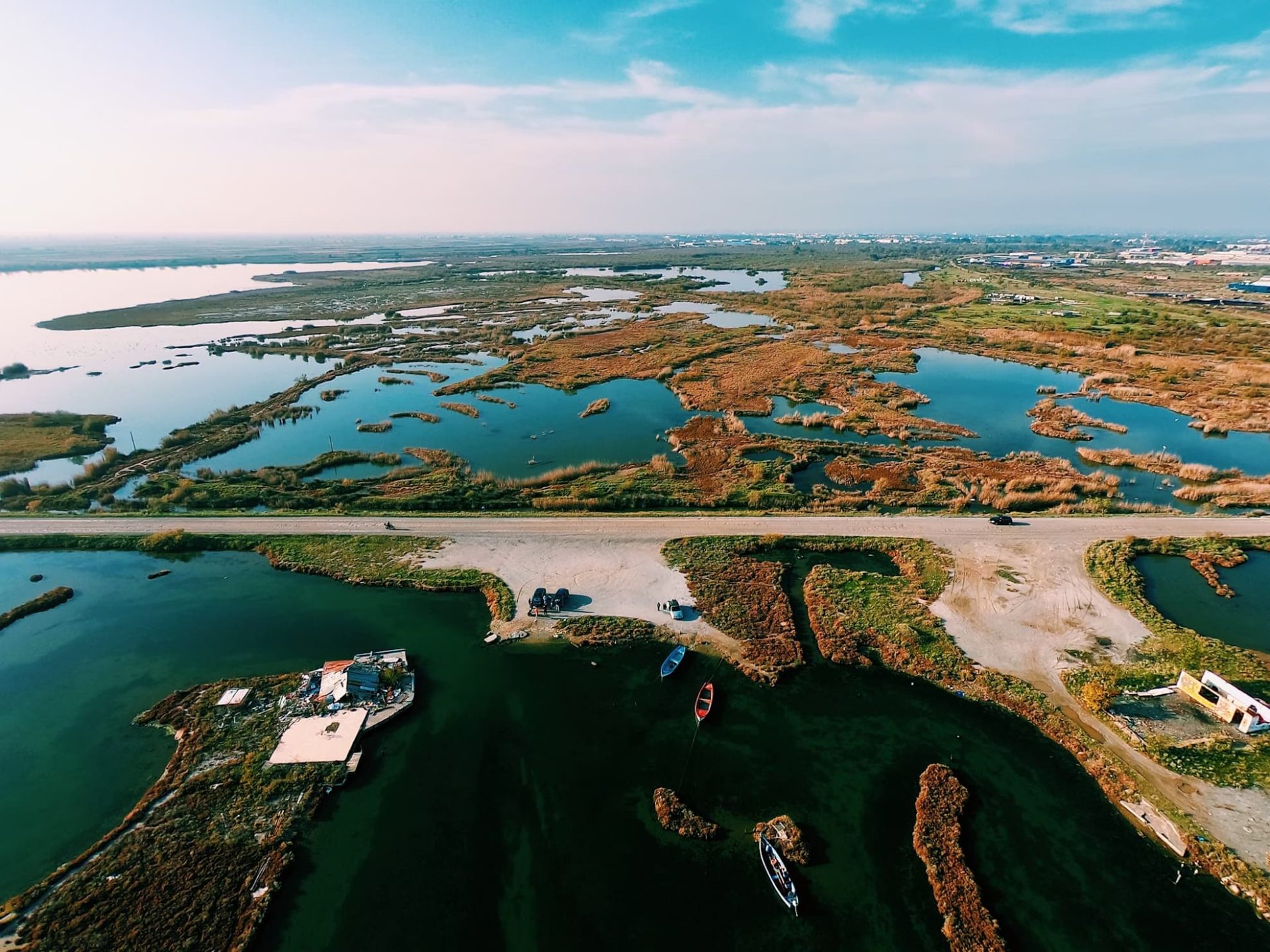
What are Nature-based Solutions?
We analyze what Nature-based Solutions are, the types we currently find, and which ones we implement here at todobarro
We often talk about Nature-based Solutions (frequently abbreviated as NbS). The name is quite self-explanatory, but in this article, we will delve deeper into the concept, its implications, and our own interpretation. In short, we will analyze what Nature-based Solutions are.
First, definitions. According to the National Environmental Congress, Nature-based Solutions “are those approaches, actions, or processes that use nature’s principles to solve various problems related to land and urban management, such as climate change adaptation, resource management, water management, food security, air quality, and environmental well-being.”
This concept has been on the table since the early 1990s, although, in practical terms, we have seen practices aligning with CONAMA’s definition since the 1970s. The truth is that, as a historical concept, it is still evolving toward a precise definition, with slightly different interpretations across different times and regions of the world.
Types of Nature-based Solutions
Given the general understanding of NbS, what solutions apply nature’s principles? These are the ones that view nature as the physical environment where living and non-living entities coexist, separate from urban life. That is, we look at how the natural world regulates and repairs itself when humans do not intervene and extract processes, ideas, or resources from it to solve our own problems—most of which are related to climate change challenges.
There is no official classification of Nature-Based Solutions, but there is a general consensus on three broad types, categorized by the degree of human intervention.
- Type 1: Untouched or minimally intervened ecosystems
These solutions involve ecosystems that remain untouched by humans. For example, actions that protect or safeguard areas that provide essential ecosystem services for nearby communities and the environment.
- Type 2: Medium intervention
This group includes solutions that involve moderate intervention in ecosystems and natural resources, such as selecting which species to plant or replant in an area where no further intervention will occur. This category also includes agricultural initiatives executed from a strict ecological and sustainable perspective. An example of this type of NbS is the “sponge city” model, which we extensively discussed in a previous article.
- Type 3: Highly intervened environments
These solutions involve strong manipulation of natural elements to take advantage of their biological and ecosystem services. Broadly speaking, this type of NbS includes the integration of natural elements into urbanized or highly human-modified environments. It is case, for instance, of the principles followed by bioclimatic architecture.
Some of todobarro’s Nature-based Solutions
At todobarro, we firmly believe that Nature-based Solutions are not only necessary for building a habitable world but also serve as the roadmap for the future of sustainable business development.
Without further ado, here are some of the initiatives we are developing at todobarro under the umbrella of Nature-based Solutions:
- Our experimental property in Coín and our eco-shop with its Alboran biodiversity island. Change must start at home. That’s why we put a lot of effort into our base camp, from selecting plant species in our office to maximize CO2 capture, to using our available space for experimenting with initiatives proposed by colleagues at the University of Málaga’s Climate Change Chair.
- BIOECOREST. This research and development project focuses on restoring marine and river forests, which play a fundamental role in both local and global ecosystem balance.
- Guadalquivir sludge revaluation project. With circular economy principles at its core, this project, developed alongside the Port Authority of Seville, aims not only to reduce waste and minimize the environmental impact of maritime activities but also to enable the development of other NbS, such as the BIOECOREST river initiative.
- Investment and research in vernacular and bioclimatic architecture projects. In collaboration with the University of Málaga, the Málaga Architects’ Association, and our own initiatives, we have long invested in R&D for bioclimatic architecture projects, exploring the potential of fired clay within these designs (for example, through our participation in the Lab Patio 2.1 project on the Teatinos Campus).

